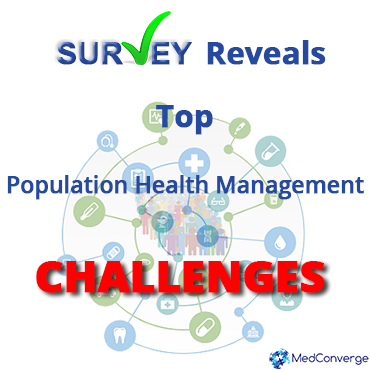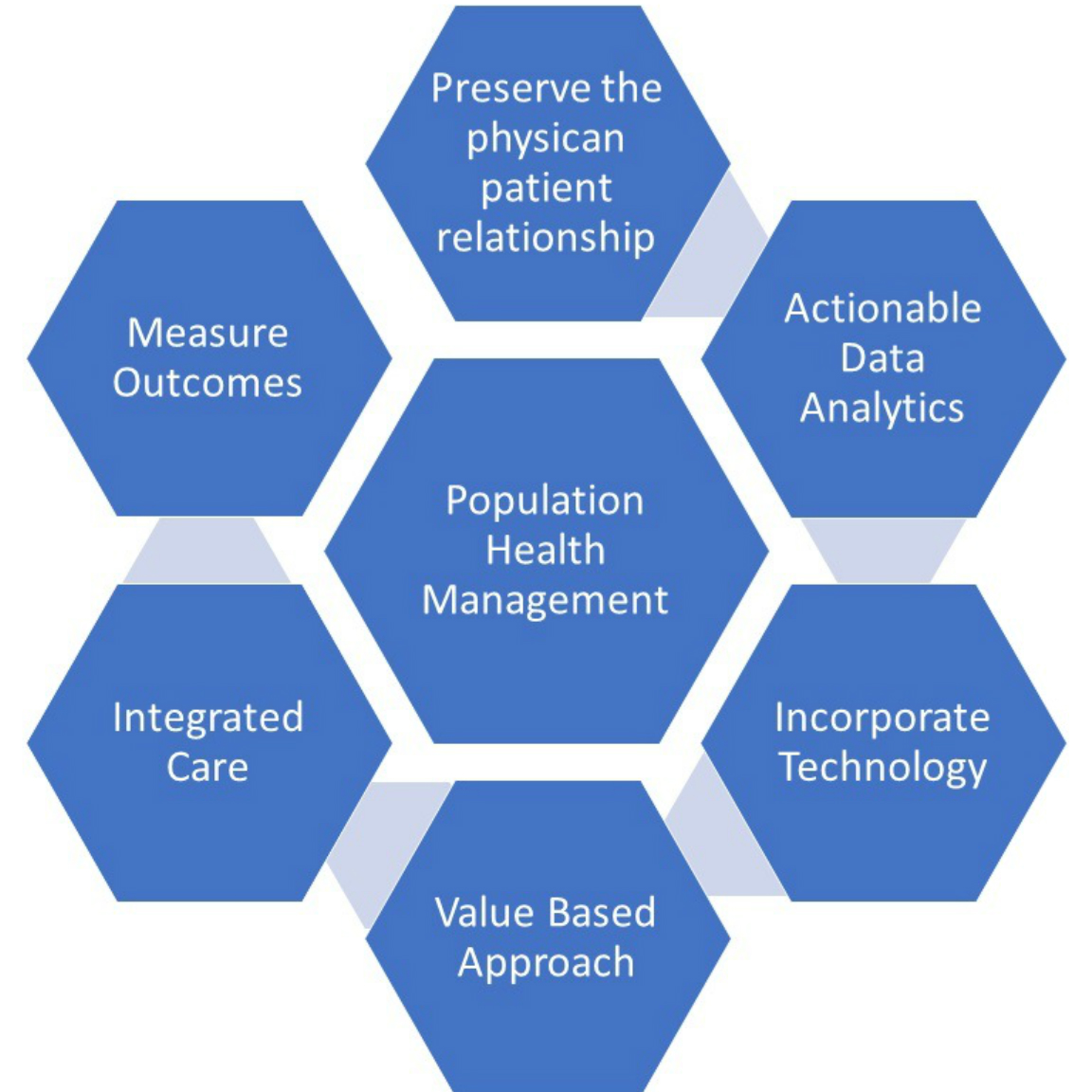Population Health Management using health IT is one of the biggest goals for healthcare providers, in the current healthcare landscape. A survey conducted by HIMSS Media on behalf of Royal Philips highlights how healthcare professionals are using connected health technology in the context of population health management. The survey covering 105 leaders in healthcare IT shows that the majority of health systems seeking to improve patient outcomes have already implemented population health management systems. The survey also revealed the different challenges that providers face in implementing population healthcare management systems.

The biggest challenge faced by providers, for health systems to achieve population health management, is Care coordination, as identified by 23.5% of the respondents. This is followed by challenges of financial investment in IT (21.4%), data management (18.4%), patient engagement and adherence (14.3%) and cohort identification and risk stratification (12.2%) respectively.
Answers by the respondents revealed that their decisions of health IT purchase hinged on many factors. The ability of the product to drive measurable clinical improvements was one of the key factors in deciding clinical health IT purchases, with 2% of the respondents stating this as a major factor. 17% of the respondents also cited health IT and EHR interoperability as another factor in their clinical health IT purchases. The importance of health IT being interoperable with pre-existing technologies was another factor as stated by 11% of the respondents. With providers wishing to make population health management a reality at their facilities, health technology is required that can cater to specific needs.
The key factor for health IT investments, according to respondents, was measurable clinical improvements and interoperability. This was evident in the 5.6% of the respondents focusing their existing population health management investments on health information exchanges and telehealth systems, followed by 54.5% focus on analytics. 52% of respondents are also exploring cloud-based solutions, citing its cost efficiency and scalability as a big factor.
With healthcare becoming coordinated and continuous from being fragmented and episodic, population health management efforts have become critical for making this transition. The survey revealed that more than half the respondents have existing chronic care programs; while more than two-thirds of the respondents have already established population health programs in re-admissions, acute care and patient education.
Some of the other key findings of the survey include:
- While over half of the respondents surveyed, planned to use cloud-based technology in big data analytics, additional investment plans focused on managed application deployment (41.9%), clinical data storage (39%) and health information exchanges (39%).
- Mobile wellness monitoring (52.5%), aging well (46.5%) and home monitoring devices (45.5%) featured as the priority wish list of respondents looking at spending on health IT, in the near future.
- As per the respondents, clinical and IT technology partners to address healthcare reform initiatives were EMR Vendors (45%), clinical device vendors (15%), system integrators (12%), network infrastructure vendors (10%), and management consultants (8%) in that order.
- According to the respondents, the top attributes of any successful clinical informatics vendor was deep clinical knowledge, interoperability with existing clinical systems and interoperability with existing EMR.



